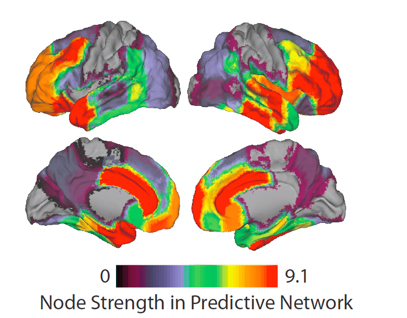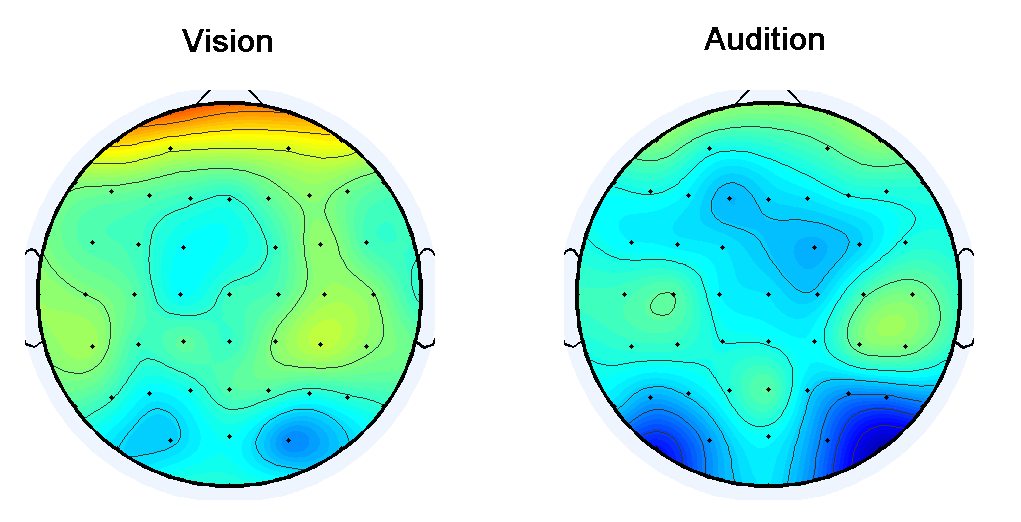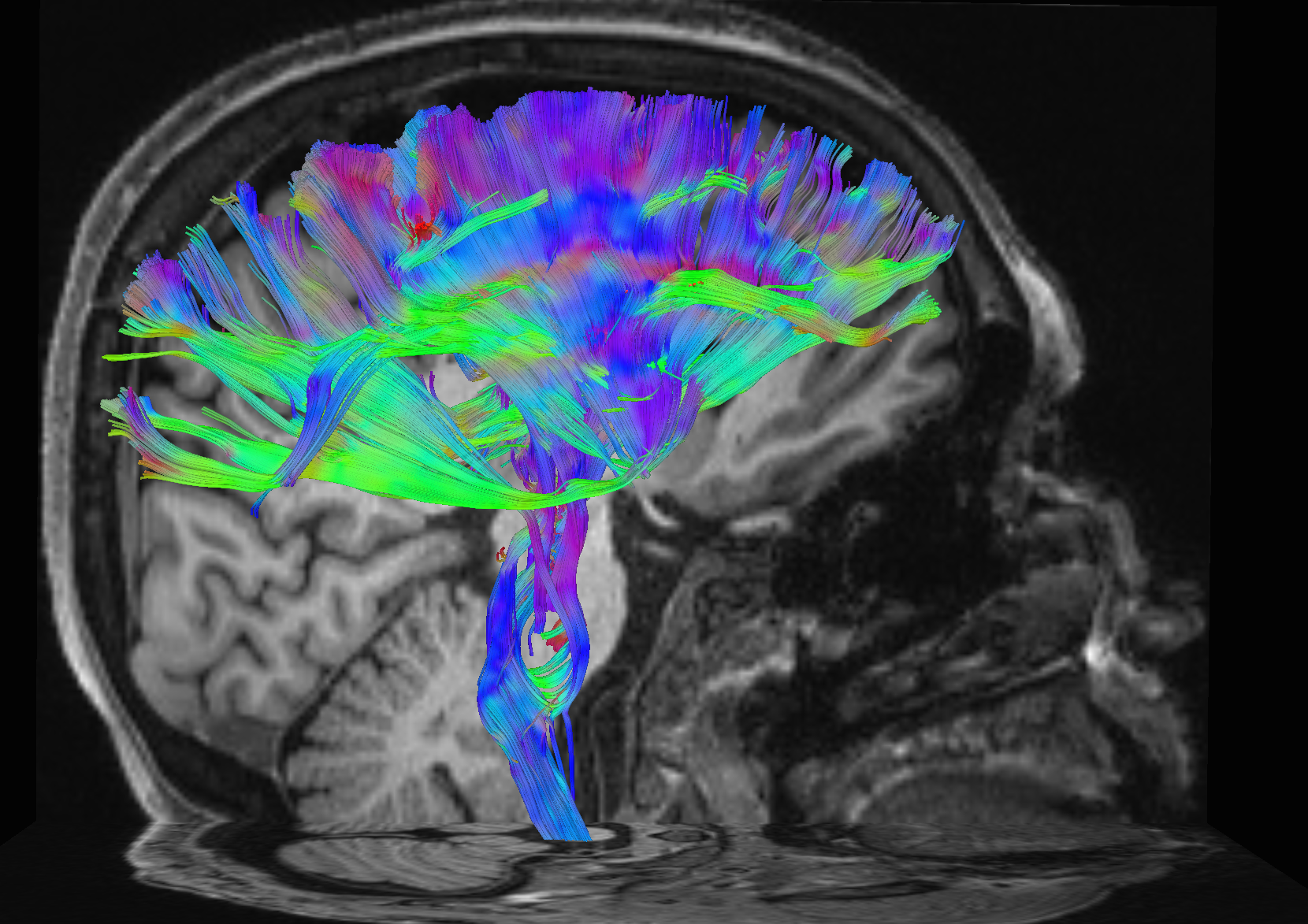Research Areas

Learning

Learning to do useful, goal oriented behavior, whether it is playing a violin or tying our shoes takes time, effort and practice. We study corresponding changes in the brain as a function of multiple time scales, ranging from minutes to years. This is reflected in the measured depth, resilience and specificity of the resulting skills. The research is extended to understanding brain reorganization and recovery in the setting of neural injury and degeneration in patients. The goal is to develop new methods of accelerating and amplifying learning. Our learning paradigms in humans are linked to single unit recordings, optical imaging and pharmacological manipulation in non-human primates doing similar behaviors and computational modeling.
Action Organization
Using paradigms of action observation, we have been able to show that action is represented across multiple brain modules as a flexible hierarchy. Outcomes, goals and the means of action are all dissociable. We are currently testing for the presence of hierarchical organization and dissociable representations in action execution by analyzing how patterns of brain activity are related to different aspects of movement. We are also interested in the way movement combinations are formed to maximize performance while optimizing efficiency. This is observed in the way a series of movements are chunked.
Sensorimotor Integration

We investigate the transformation of multimodal sensory information into goal oriented, motor behavior. Historically, this is done with impoverished stimuli such as single visual or auditory targets. We are also using complex, naturalistic task to assay the dynamics between auditory and visual processing in target detection. The purpose of this applied work is to decode a subject's intended action irrespective of the sensory modality that leads to that action choice.
Action Intention
Does conscious awareness of an action decision occur after the choice has already been made by action planning systems of the brain? We reframe the classic problem posed by Libet and consider action selection as a process that occurs across multiple processing levels and brain systems, for which we have conscious access to only a subset.
Performance under stress, pressure, and fatigue

Choking is common when we must perform under high stakes, fatigue, sleep deprivation or social stress. There are many cognitive theories about why we fail in these settings but few mechanisms to explain what is actually happening in the brain. We study the interplay between ongoing motor behavior, arousal, sympathetic tone, cognitive control and appraisal.
Clinical Translation

We employ state of the art diffusion spectrum imaging, combined with custom connectivity analysis tools to identify differences of brain connectivity in target populations of interest. We currently study people who stutter and patients with mild traumatic brain injury. We have been able to demonstrate that developmental stuttering is consistently associated with the absence of >33% of the arcuate fasciculus. It suggests an alteration of in utero myelination or tract formation. This sort of alteration is also suspected in dyslexia. For mild traumatic brain injury, we are observing a variety of patterns of disconnection, likely reflecting the mechanism of injury. A common finding is fiber discontinuity in tracts that wrap around the falx cerebri.
Novel Methods and Collaborations

- We developed and released novel software package called DSI2 for analyzing white matter connectivity (local terminal pattern analysis).
- Pattern classification schemes based on non-negative matrix factorization are being developed to classify structural MRI scans from different subjects into specific populations.
- We collaborate with Biopac systems to develop methods for recording impedance cardiography data during MRI scanning.
- We collaborate with network scientists to characterize evolving brain dynamics during learning
- We collaborate with the Departments of Physics, Computer Science, Electrical and Computer Engineering to novel computational methods for analyzing abnormalities of brain connectivity in a "big-data" framework